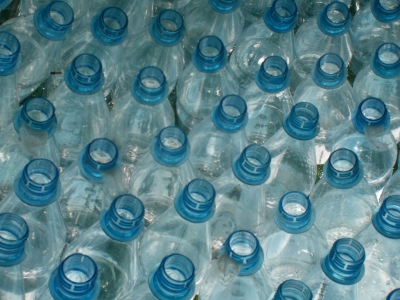This goes entirely against the development of the last years, PET sheet manufacturers have been increasing the amount of recyclates in their products steadily.
Trays made out of PET sheet are ideal for numerous applications: fresh food and diary (fresh and sliced meats, cheese, fresh pasta, …), blister packaging (lamps, tools, stationary, body care, …) and medical packaging (tablets, scalpels, catheters, …).
Today, PET sheet can be considered a great performer in terms of recyclability and actual recycling, with a growing trend in collection in specific recycling activities. The members of PET Sheet Europe – an EuPC sector group representing the European PET sheet manufacturers – already use an average of 45 % of recycled material today – a figure that shows the industry’s sustainability. Nonetheless, more work can and must be done. Separate collection of trays and other PET sheet-based products (eg trays, cups, lids) is currently hampered by non-binding targets. Accordingly, increasing the collection rate is of utmost importance. If trays are properly designed, collected and sorted, they are circular.
Having in mind the plastics industry Voluntary Commitments signed by, among others, Petcore Europe, EuPC and Plastics Recyclers Europe, the entire industry is committed to increase its role in the Circular Economy. PET Sheet Europe therefore made a commitment to the European Commission – by 2025 the average recycled content of its products will be raised to 70 %.
Petcore Europe, the association representing the entire value chain of PET in Europe and Plastics Recyclers Europe support PET Sheet Europe and urge the European policymakers to enforce separate collection and recycling of PET trays followed by specific targets instead of consumption reduction – a measurement that would sabotage the above mentioned commitment and circularity initiatives.










